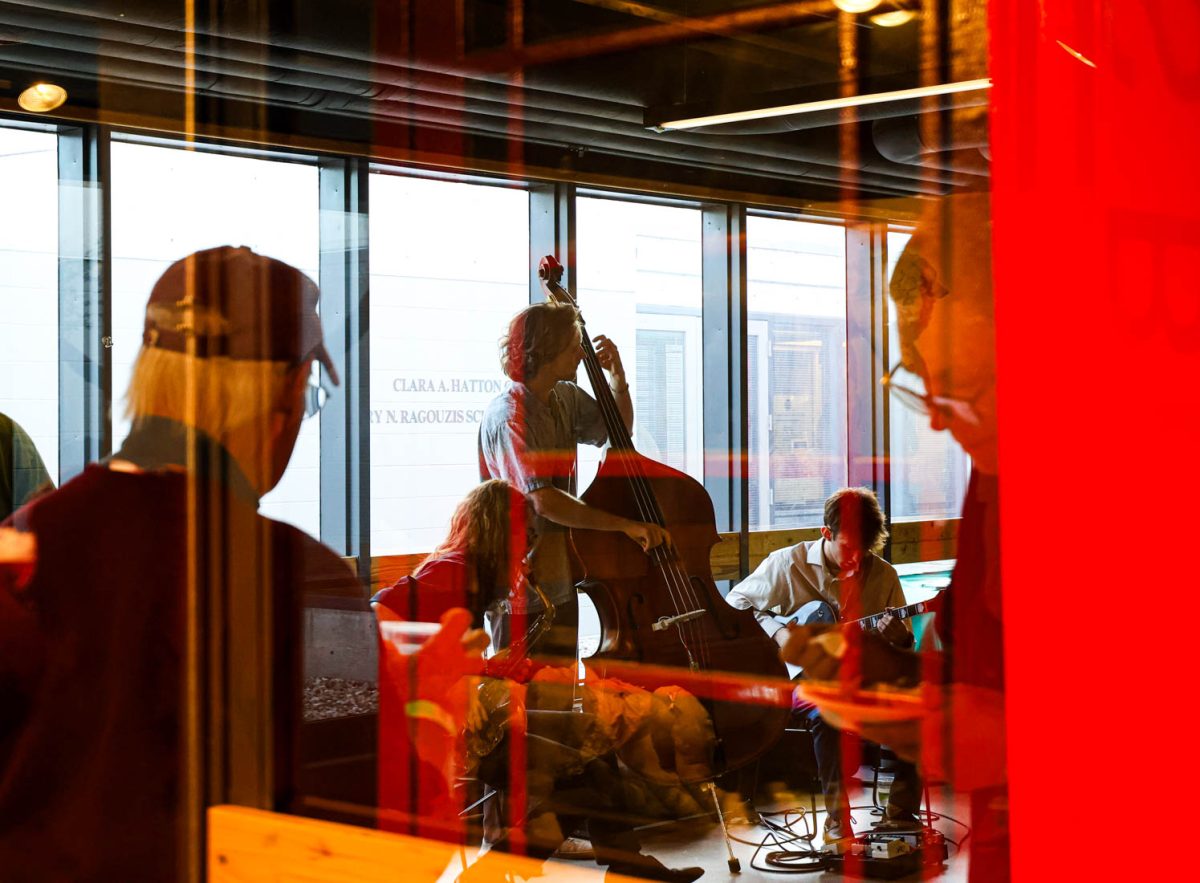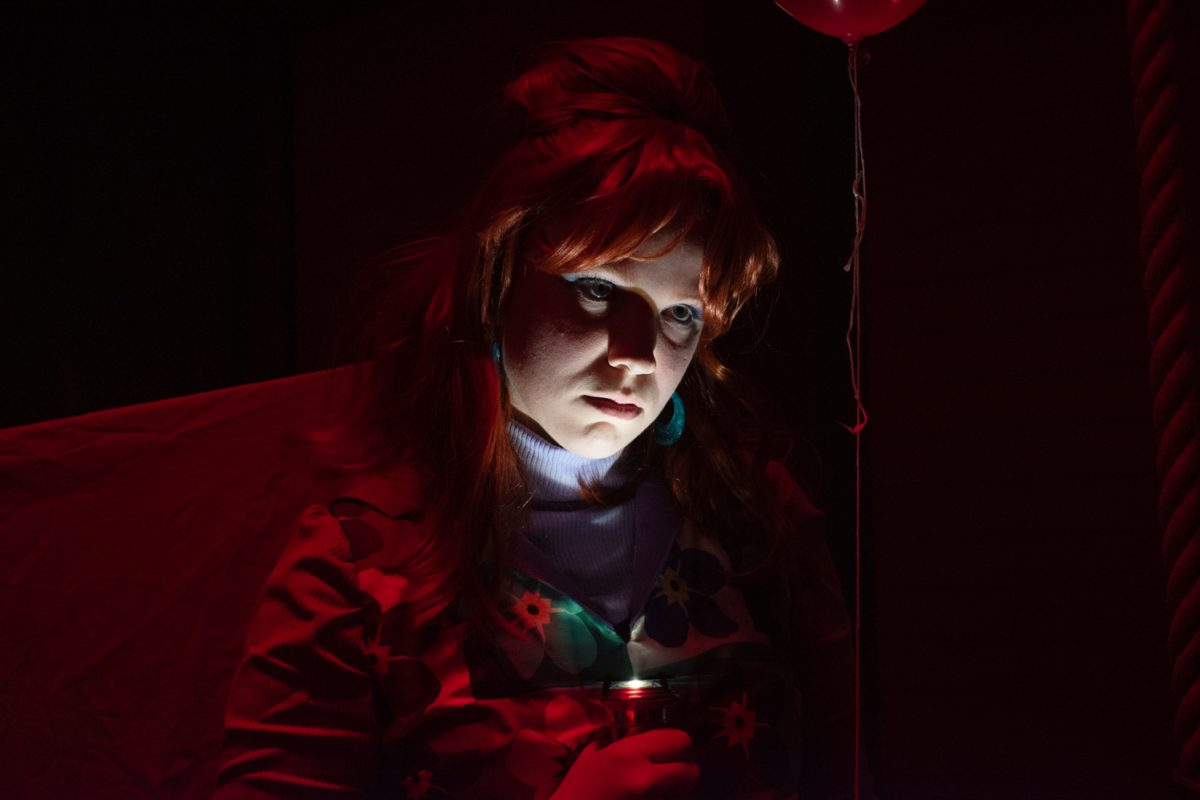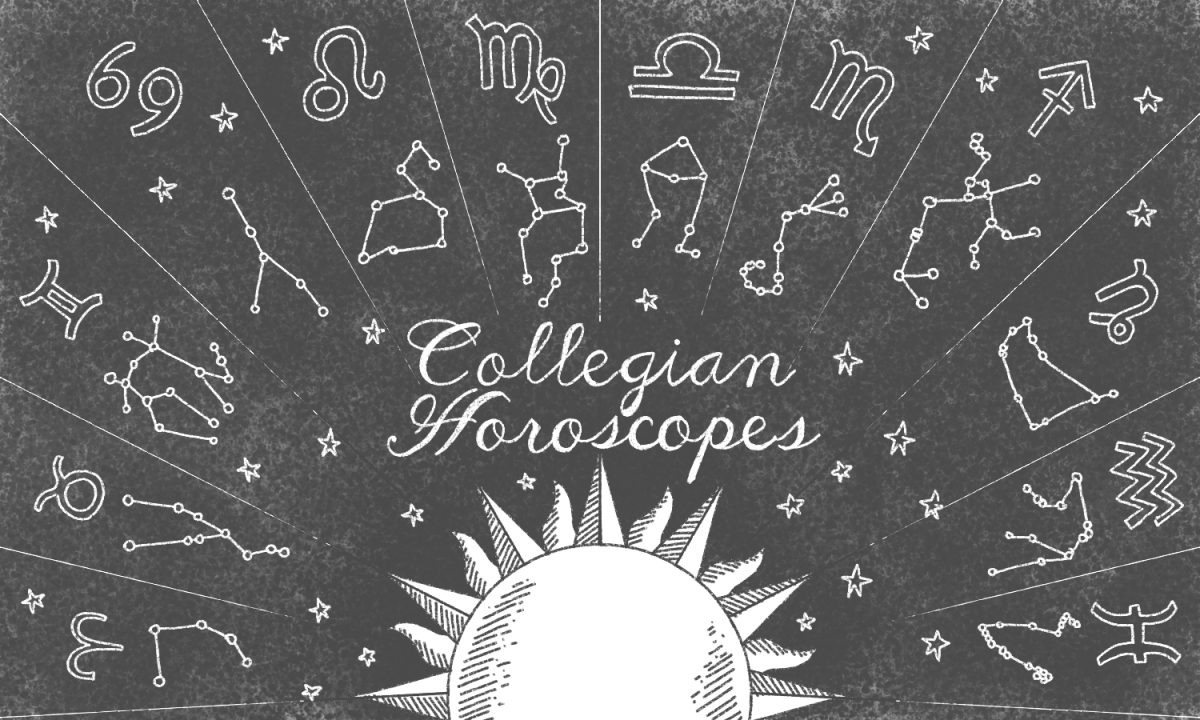Two international development and economics students, two filmmakers and two months in a Guatemalan village whose inhabitants live below the poverty line. Less than one dollar a day. “Living on One Dollar” is a documentary that explores the economics of poverty, a more complex phenomenon than most may have previously speculated.
Economics of extreme poverty
The group of four set out to the rural Guatemalan town of Peña Blanca to live for two months in extreme poverty. In Peña Blanca, 70 percent of the residents live below the poverty line. The men were living on a dollar per day, but there was a catch. Most people living in extreme poverty do not know the next time they will be paid for their labor, therefore, the group drew a number that would give them the amount of money they had for that day. This amount ranged from $0 to $9. Using this method of payment mirrors the unpredictability of income for those informally employed.
These men intended to experience for two months what many people in the world experience every day. They set out to research the economics of poverty and asking questions, such as, “Do micro-finance loans actually work?” “Why are people stuck living in poverty?” and “Do people in extreme poverty think about managing their money?”
Many women in the village of Peña Blanca take out micro-finance loans to start home businesses in the hopes of bringing in more money. These women have started businesses in weaving, produce, fire wood sales and more. When committing to a micro-finance loan, one also commits to opening a savings account. The four men witnessed first-hand accounts of people benefiting from these micro-finance loans. The savings accounts have aided families in absorbing financial shocks caused by unexpected health conditions or natural disaster. They also allow for home investments such as safe burning stoves or a new roof.
Although micro-loans can be available to many people in extreme poverty hoping to create their own business and benefit, the documentary filmmakers found that it was next to impossible to receive loans from banks. Banks have certain prerequisites for taking out a loan, including receipts of bills paid from the last three months, documentation of money earned and more. The prerequisites are next to impossible for people living in extreme poverty to fulfill.
Even more so, the informal employment of many of these residents results in an unreliable income. They have difficulty in finding formal jobs because many of the residents of Peña Blanca speak a native Mayan language called Kaqchikel, instead of Spanish.
Lessons learned and new questions
Parasites, financial anxiety, hunger and bad weather plague the four men as they spend their two months in extreme poverty. Despite these struggles, they refuse medicine, doctors and dipping into money from home. Through this experience, they understood the economics of poverty in the village of Peña Blanca, but they found answers to questions they had originally not asked.
In this experience, they became learners, teachers, neighbors and friends with the people of Peña Blanca. They were surprised to find that the most generous, kind-hearted and hardworking people they had ever met where living in extreme poverty. Without the people of Peña Blanca, they would not have accomplished their goal of living in extreme poverty for two months. Neighbors and friends welcomed them into the community, taught valuable farming and cooking skills and told their stories.
In the end of their two months, they were asking a different question: “What can I do to end poverty?”
From this, they realized “the power of partial solutions.” To the documentary filmmakers, this meant helping individuals and communities. They found that “making small changes make big impacts” in individual lives, families and communities. These men told the story of the people of Peña Blanca. Now they are working in other communities around the world to do the same thing.
Collegian Interactive News Team member Kathleen Keaveny can be reached at socialmedia@collegian.com or on Twitter @katkeaveny.






Shay Burgess • Sep 22, 2024 at 1:00 pm
I too am poor, but not as much as they. I want to help. The poorest usually help the most. Just like, if you want something done, give it to someone busy
Shay Burgess • Sep 22, 2024 at 12:57 pm
I enjoyed the documentary and wish that I could help. Is there a special fund for the inhabitants? That bank was a joke. Is there any clergy accepting donations?
um • May 14, 2023 at 4:23 pm
that documentary was good